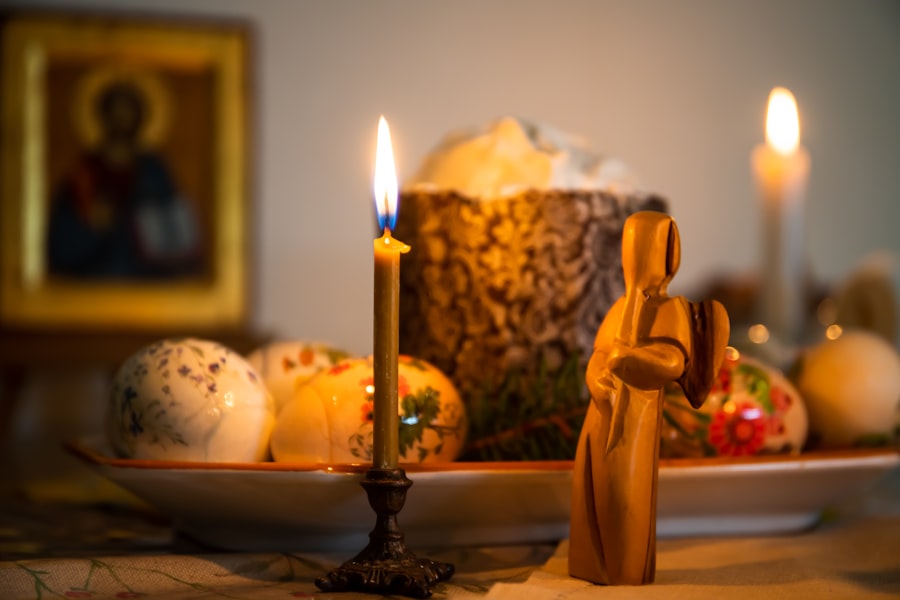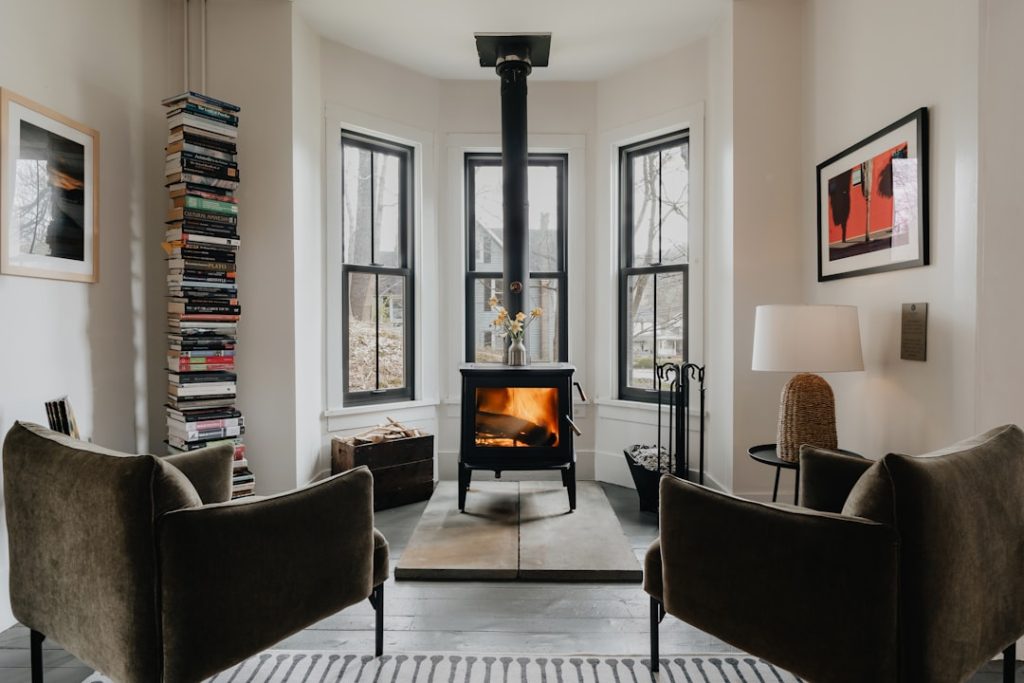Proper insulation of chicken coops is crucial for maintaining optimal temperatures during winter. Insulation should be applied to walls, ceilings, and floors to retain heat generated by the chickens and any supplementary heating devices. This practice also prevents drafts and moisture accumulation, which can lead to unhealthy conditions for the birds.
Insulating windows and doors is equally important. Weather stripping and caulking can be used to seal gaps and cracks, preventing cold air infiltration. Insulated curtains or blankets over windows provide additional protection against low temperatures at night.
These measures collectively create a suitable environment for chickens to remain healthy and comfortable throughout the cold season.
Table of Contents
- 1 Provide Adequate Ventilation
- 2 Use Deep Bedding
- 3 Install a Heat Lamp
- 4 Offer Warm Water and Nutritious Food
- 5 Provide Roosting Bars
- 6 Use Sweaters or Jackets for Extreme Cold
- 7 FAQs
- 7.1 What are the best ways to keep chickens warm in winter?
- 7.2 How can I insulate my chicken coop for winter?
- 7.3 Is it safe to use heat lamps or heaters in the chicken coop?
- 7.4 What type of bedding is best for keeping chickens warm in winter?
- 7.5 Why is ventilation important for keeping chickens warm in winter?
- 7.6 Are there any specific breeds of chickens that are better suited for cold weather?
Key Takeaways
- Insulating the coop is essential to keep the chickens warm during cold weather
- Adequate ventilation is important to prevent moisture buildup and maintain air quality
- Deep bedding helps to provide insulation and warmth for the chickens
- Installing a heat lamp can provide additional warmth during extreme cold temperatures
- Offering warm water and nutritious food helps to keep the chickens healthy and maintain body temperature
- Providing roosting bars allows the chickens to perch and keep their feet off the cold ground
- Using sweaters or jackets for extreme cold can provide additional insulation for the chickens
Provide Adequate Ventilation
Why Ventilation Matters
Providing adequate ventilation in the chicken coop is crucial for maintaining a healthy and comfortable environment for the birds, even in the winter. Proper ventilation helps to remove excess moisture, ammonia, and other airborne pollutants that can build up in the coop and lead to respiratory issues for the chickens. It also helps to regulate the temperature and prevent the buildup of harmful gases that can result from poor air quality.
Ensuring Adequate Ventilation
To ensure adequate ventilation in the coop, consider installing adjustable vents or windows that can be opened and closed as needed to control airflow. It’s important to strike a balance between allowing fresh air to circulate while also preventing drafts that can chill the birds. Ventilation openings should be positioned higher up in the coop to allow warm, moist air to escape without creating drafts at ground level where the chickens roost.
The Benefits of Proper Ventilation
By providing proper ventilation, you can help your chickens stay healthy and comfortable throughout the winter months.
Use Deep Bedding

Deep bedding is a key component of keeping chickens warm and comfortable during the winter. By providing a thick layer of bedding material, such as straw, hay, or wood shavings, you can create insulation from the cold ground and provide a cozy environment for the birds to nestle into. Deep bedding also helps to absorb moisture and odors, keeping the coop clean and dry, which is essential for maintaining good air quality and preventing respiratory issues.
In addition to providing insulation and moisture absorption, deep bedding also gives chickens something to scratch and peck at, which helps to keep them active and entertained during the long winter days when they may be cooped up inside. As the bedding accumulates waste and becomes soiled, it can be periodically turned over or added to, creating a composting effect that generates heat and further contributes to the warmth of the coop. By using deep bedding, you can create a comfortable and stimulating environment for your chickens while also helping to maintain their health and well-being during the winter.
Install a Heat Lamp
In particularly cold climates, or for breeds of chickens that are less cold-hardy, installing a heat lamp in the coop can provide supplemental warmth during the winter months. Heat lamps should be positioned high enough to prevent the risk of fire or burns, but low enough to effectively warm the chickens. It’s important to use a heat lamp specifically designed for use in a chicken coop, as these are equipped with safety features such as a wire guard to prevent contact with the bulb.
When using a heat lamp, it’s important to monitor the temperature in the coop regularly to ensure that it doesn’t become too hot or too cold. A thermometer can be placed in the coop to help gauge the temperature and make adjustments as needed. It’s also important to provide a way for chickens to move away from the heat source if they become too warm, as overheating can be just as dangerous as cold temperatures.
By installing a heat lamp in the coop, you can provide an additional source of warmth for your chickens and help them stay comfortable during the winter.
Offer Warm Water and Nutritious Food
During the winter months, it’s important to ensure that your chickens have access to warm water and nutritious food to help them stay healthy and maintain their body temperature. Water should be provided in a heated waterer to prevent it from freezing, as chickens require constant access to clean water for hydration and digestion. Additionally, offering warm water can help raise their body temperature slightly, providing a small but beneficial source of warmth.
In terms of food, it’s important to provide a balanced diet that meets the nutritional needs of your chickens during the winter. This may include a commercial feed specifically formulated for laying hens, as well as supplemental treats such as scratch grains, mealworms, or kitchen scraps. Providing ample food not only helps to keep chickens well-nourished and healthy during the winter months but also provides them with energy that can help generate body heat.
By offering warm water and nutritious food, you can help your chickens stay hydrated, nourished, and comfortable throughout the winter.
Provide Roosting Bars

Positioning and Design of Roosting Bars
Roosting bars should be positioned higher up in the coop, away from drafts and moisture. They should also be wide enough for chickens to comfortably grip with their feet. This design helps keep chickens’ feet warm and dry, while also encouraging natural roosting behavior that allows them to huddle together for warmth.
Outdoor Roosting Areas
In addition to providing roosting bars inside the coop, consider adding a covered outdoor roosting area where chickens can perch during the day. This allows them to get fresh air and sunlight while staying off of the cold ground.
Benefits of Roosting Bars
By providing roosting bars, you can help your chickens stay comfortable and healthy during the winter months. Providing ample roosting space both inside and outside of the coop gives chickens options for where they want to spend their time and allows them to regulate their body temperature by moving closer together or farther apart as needed.
Use Sweaters or Jackets for Extreme Cold
In extreme cold conditions, or for particularly vulnerable chickens such as young chicks or older birds, using sweaters or jackets can provide an extra layer of warmth and protection. Chicken sweaters are typically made of wool or other insulating materials and are designed to cover the bird’s body while leaving their wings free for movement. They can be especially beneficial for chickens that have been injured or are recovering from illness and may need extra warmth to aid in their healing process.
When using sweaters or jackets for chickens, it’s important to monitor them closely for any signs of discomfort or restriction of movement. Chickens should still be able to move freely, stretch their wings, and engage in normal behaviors such as preening and dust bathing while wearing a sweater. Additionally, sweaters should be kept clean and dry to prevent any issues with moisture or soiling.
By using sweaters or jackets when necessary, you can provide extra warmth and comfort for your chickens during extreme cold spells in the winter. In conclusion, keeping chickens warm during the winter requires careful attention to insulation, ventilation, bedding, heating sources, food, water, roosting options, and potentially protective clothing. By implementing these strategies, you can create a cozy and comfortable environment for your chickens that supports their health and well-being throughout the colder months.
Whether you live in a mild climate with occasional chilly nights or in an area with harsh winters, taking steps to keep your chickens warm is essential for ensuring their comfort and productivity year-round.
If you’re looking for ways to keep your chickens warm in the winter, you might want to consider investing in a heater for your chicken coop. According to a helpful article from Poultry Wizard, a heater can provide the extra warmth and comfort that your chickens need during the colder months. You can read more about the benefits of using a heater for your chicken coop here.
FAQs
What are the best ways to keep chickens warm in winter?
Some of the best ways to keep chickens warm in winter include insulating the coop, using heat lamps or heaters, providing extra bedding, and ensuring good ventilation.
How can I insulate my chicken coop for winter?
You can insulate your chicken coop for winter by adding insulation to the walls, ceiling, and floor. You can also use draft excluders and weather stripping to seal any gaps or cracks.
Is it safe to use heat lamps or heaters in the chicken coop?
It is safe to use heat lamps or heaters in the chicken coop as long as they are installed properly and used according to the manufacturer’s instructions. It’s important to keep them away from flammable materials and to use a GFCI outlet for safety.
What type of bedding is best for keeping chickens warm in winter?
The best bedding for keeping chickens warm in winter is straw or pine shavings. These materials provide good insulation and help to keep the coop dry.
Why is ventilation important for keeping chickens warm in winter?
Ventilation is important for keeping chickens warm in winter because it helps to remove moisture from the coop, which can lead to frostbite and respiratory issues. Good ventilation also helps to regulate the temperature inside the coop.
Are there any specific breeds of chickens that are better suited for cold weather?
Yes, there are several breeds of chickens that are better suited for cold weather, such as the Plymouth Rock, Orpington, and Wyandotte. These breeds have thick, insulating feathers and are more cold-hardy than others.
Meet Walter, the feathered-friend fanatic of Florida! Nestled in the sunshine state, Walter struts through life with his feathered companions, clucking his way to happiness. With a coop that’s fancier than a five-star hotel, he’s the Don Juan of the chicken world. When he’s not teaching his hens to do the cha-cha, you’ll find him in a heated debate with his prized rooster, Sir Clucks-a-Lot. Walter’s poultry passion is no yolk; he’s the sunny-side-up guy you never knew you needed in your flock of friends!







